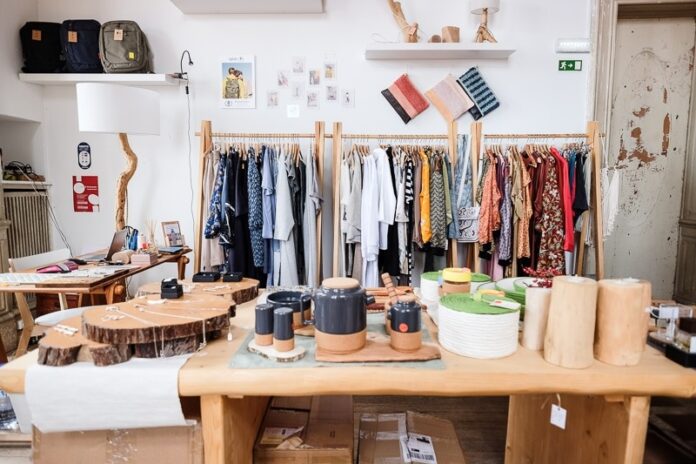Why Conscious Fashion is the Future
The global rise of fast fashion has made clothing more accessible than ever, but at a steep cost to the environment and workers. Transitioning from fast fashion to conscious fashion is not just an ethical choice; it’s a powerful step toward a sustainable future.
In this guide, you’ll learn how to transition from fast fashion to conscious fashion, exploring practical tips, ethical brands, and ways to build a wardrobe that aligns with your values.
1. Understand the Impact of Fast Fashion
Before making the shift, it’s crucial to grasp why fast fashion is harmful. This industry thrives on overproduction, low-quality materials, and unethical labor practices.
Fast fashion’s environmental impact includes excessive water usage, pollution, and textile waste. Understanding these issues will motivate you to embrace conscious fashion wholeheartedly.
2. Start with a Wardrobe Audit
Transitioning starts at home. Conduct a wardrobe audit to understand what you already own and what you actually wear.
Sort your clothes into categories: keep, donate, and repair. This process helps you avoid unnecessary purchases and gives you a clear view of your fashion needs.
3. Educate Yourself on Conscious Fashion
Knowledge is power when transitioning to conscious fashion. Learn about sustainable fabrics, ethical brands, and certifications like Fair Trade and GOTS.
Follow blogs, podcasts, and influencers who focus on sustainable fashion. The more you know, the easier it becomes to make informed shopping decisions.
4. Embrace the Capsule Wardrobe Concept
A capsule wardrobe emphasizes quality over quantity. Invest in timeless, versatile pieces that can be mixed and matched to create multiple outfits.
Focus on neutral colors, durable fabrics, and classic designs. This approach minimizes waste and ensures your wardrobe remains functional and stylish.
5. Explore Secondhand Shopping
Thrift stores, consignment shops, and online platforms like Poshmark or ThredUp are treasure troves for sustainable fashion enthusiasts.
Buying secondhand reduces demand for new production and gives clothing a second life. Plus, it’s an affordable way to discover unique pieces.
6. Prioritize Quality Over Quantity
Fast fashion encourages overconsumption with its low prices and constant new arrivals. Conscious fashion flips the script by valuing durability and longevity.
Invest in high-quality pieces that last longer. Though they may cost more upfront, they save money and resources in the long run.
7. Support Ethical Brands
Research and support brands that prioritize sustainability and ethical practices. Look for transparency in their production processes and labor conditions.
Brands like Patagonia, Everlane, and Reformation are known for their commitment to conscious fashion. Supporting them helps drive the demand for ethical practices industry-wide.
8. Learn to Care for Your Clothes
Proper clothing care is an essential part of conscious fashion. Follow washing instructions, use eco-friendly detergents, and air-dry your clothes whenever possible.
Repair minor damages like loose buttons or small tears instead of discarding garments. This simple step extends their life and reduces waste.
9. Say No to Impulse Buying
Impulse buying fuels fast fashion’s harmful cycle. Break the habit by practicing mindful shopping.
Create a list of what you truly need before heading to the store. Wait at least 24 hours before making any unplanned purchases—it’s often enough time to reconsider whether you really need the item.
10. Share and Swap with Friends
Clothing swaps are a fun and sustainable way to refresh your wardrobe without buying new items. Host a swap party with friends or join online swapping communities.
This practice reduces waste and promotes community. Plus, you might find a unique piece that perfectly complements your wardrobe.
11. Celebrate Progress, Not Perfection
Transitioning from fast fashion to conscious fashion is a journey, not an overnight switch. Celebrate small wins and acknowledge your efforts to make ethical choices.
Remember, every sustainable decision—no matter how small—contributes to a more sustainable future. Stay consistent and committed to your values.
Conclusion: Your Journey to Conscious Fashion
Learning how to transition from fast fashion to conscious fashion is an empowering step toward ethical living. By understanding the impact of your choices, embracing secondhand shopping, and supporting ethical brands, you can transform your wardrobe into a reflection of your values.
Your fashion choices have the power to create positive change. Start today, one mindful step at a time, and inspire others to follow your lead toward a more conscious fashion future.

